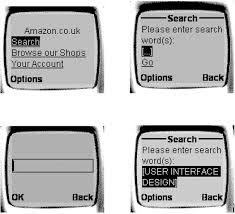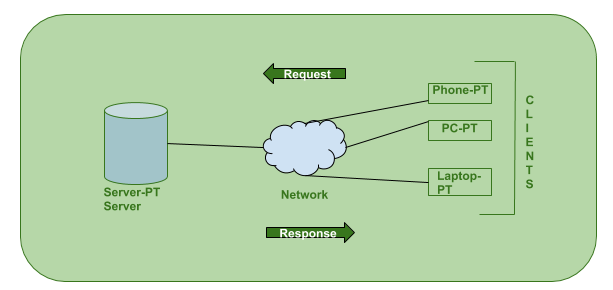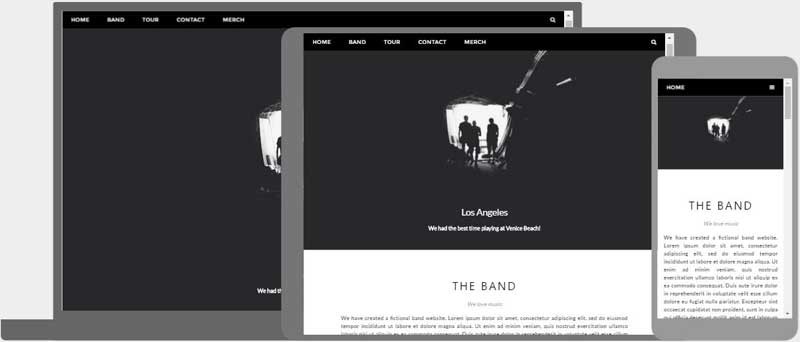Introduction
Are you zooming in to get a clearer view of the picture? Pinching the home screen to pop up the widgets bar? Switching between multiple apps multiple times and still finding apps working as smoothly as a glider? Thanks to the UX, UI, and adept responsive system in mobile phones. But don’t you think we ought to give a bit of this credit to WAP building technology, the pioneer in the field? For those who do not know about WAP Builders, here are a few things that might interest you.

Wireless Application Protocol – Turning the Pages of History
The rich, interactive, and responsive webpages that we enjoy today resulted from the WAP technology that was a pioneer in the field. WAP, which stands for Wireless Application Protocol, is a technology that enabled mobile devices to access the internet and exchange information in the past. It can also be defined as a set of protocols that help wireless devices, especially mobiles, access email, web pages, and instant messaging. In the early days of mobile web development, WAP builders had a very pivotal role to play in providing tools for creating mobile-optimized content. Though the WAP architecture has gone out of context these days, one cannot forget how significant they were in the past.
The Rise and Fall of WAP Builders
The entry
WAP builders were the market leaders during the late 1990s and early 2000s when the internet era took off. These tools helped mobile developers create simple, text-based web pages. These pages can be accessed by mobile phones that are WAP-enabled.

WAP builders created a user-friendly interface, templates, and built-in functions to create websites and applications that are well-optimized for mobile screens. In 1997, tech-gadget biggies like Ericsson, Nokia, and Motorola launched it in the WAP forum. Thus, WAP became an industry standard, clearly getting the other means of wireless internet access out of the way.


Functionalities
As far as WAP was concerned, it used Wireless Markup Language (WML) and WML Script for the content part and used Wireless Telephony Application Interface for call-based services.
The basic function of a Wireless Application Protocol is nothing different from the conventional client-server model.

The only difference here is its additional feature called the WAP gateway way. Here, when the user searches for a particular URL, the gateway acts as an intermediary, visits the site, and reproduces a WML format page on the user’s screen.

The WAP works based on a protocol stack which consists of an application environment session protocol, transaction protocol, datagram protocol, and transport layer security.

Benefits
- WAP, during its launch, became the industry standard, not without reason. It had a good number of pros to be hailed so.
- The launch of WAP made people believe that making the broad internet accessible to all mobile devices is possible.
- WAP improved the internet access speed.

- Compression of the data was one of its features, and thus, it helped in reducing 404 pages and timeouts. To be honest, this was a drastic leap from connection failure issues that stayed glued to mobile devices.

WAP was not a complex business. It was simple and easy to engage with. WAP builders prioritized a functional and accessible user experience.
Lessons to learn
- Starting from where we left off, WAP was considered good for its ‘less is more’ concept. However, for the same limited capabilities, today, they are nowhere to be found.
- In the current landscape, the focus has shifted towards responsive web design and mobile app development.
- RWD allows websites to adapt their layout and appearance according to the screen size, and MAD involves creating OS-specific apps. This way, WAP builders lost their relevance and were side-lined.

- This evolution also underscores the significance of adapting to technological advancements, trends, and practices, particularly in the context of the mobile app development process, to ensure continued relevance and competency.


- Simplicity and low data usage were some of the high points of WAP, and modern web developers should prioritize efficiency, load time, and performance.

- WAP builders made the internet accessible to a broader audience by providing mobile browsing solutions. This focus on accessibility remains relevant today, as web developers must ensure that their applications are inclusive, catering to users with varying devices, network conditions, and abilities.
Keen to know more about Web Application Development, then watch this to gain better knowledge
Do we still have WAP enthusiasts?
As obsolete as it sounds, yes, there might still be some people interested in reading about WAP builders
Technology Historians
Individuals interested in the history of web technologies and the evolution of mobile web browsing may find articles about WAP builders informative and valuable.
Web Developers and Designers
Some web developers and designers might be curious to learn about the earlier technologies that laid the foundation for modern mobile web development, including the challenges and limitations of WAP builders.
Niche Market Users
There could be a small niche market of users with older, less capable mobile devices or in regions with limited internet connectivity who might be interested in learning about WAP builders and their applications.
Students and Researchers
Students studying web development or researchers investigating the history of mobile browsing might find content about WAP builders relevant to their academics or research.
To learn more about the WAP architecture
Take a peek into our blog: Unlock the Power of Web Technologies that can Discover, Connect, and Transform Your Digital World!
Conclusion
The legacy of WAP builders serves as a reminder of the rapid evolution of mobile web technologies. As smartphones gained popularity and mobile browsers evolved, WAP technology became increasingly outdated. Modern mobile devices now support advanced web technologies like HTML5, CSS3, and JavaScript, providing a richer and more interactive browsing experience. While WAP builders may no longer be relevant in the modern tech landscape, the lessons learned from their history can inform and inspire the ongoing development of mobile web experiences. By understanding and appreciating the pioneering efforts of WAP builders, we can better navigate the ever-changing world of web development and create engaging, accessible, and efficient websites and applications for users worldwide.


